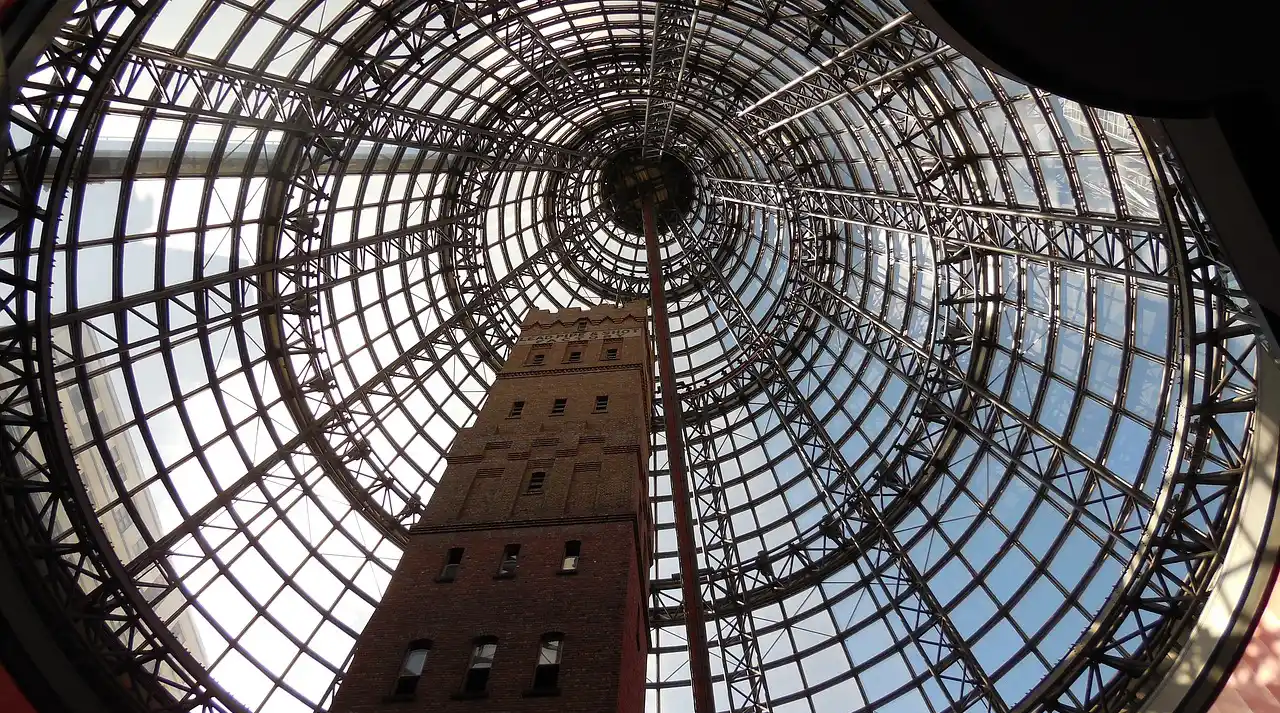Melbourne has topped the Housing Industry Association’s latest list of the top 20 building growth areas.
The association’s Hotspots Report looks at building and population growth hotspots around the country and Melbourne’s dominance is being driven by its population boom, growing infrastructure projects and services sector.
Just over half of the top 20 areas that made the list are in Melbourne and the report said this year’s list is a tale of one city.
“Last year’s census unearthed 144,000 more residents in Melbourne than was previously known,” the report says.
“They have been drawn to Melbourne by the prospects of employment arising from a building boom, significant infrastructure projects and a growing services sector.”
To be considered a ‘hotspot’ a locality has a population growth rate that exceeds the national rate for 2016-17 of 1.6 per cent, and has more than $150 million worth of approved residential building in Victoria and New South Wales.
If the locality is in Queensland or Western Australian it must have $100 million in residential building approvals, $50 million in South Australia or $20 million if in the Northern Territory of the ACT.
The hottest of hotspots in the report was Mickleham in Melbourne which recorded population growth of 35.3 per cent and over $222 million in residential building approvals.
The other Victorian localities to make the list were Cranbourne East, Wollert, Docklands, Beaconsfield, Point Cook East, Truganina, Melbourne, Cranbourne West, Melton South, Tarneit and Southbank.
HIA senior economist Shane Garrett told Australian Financial Review Melbourne would continue to feature strongly in the list again next year.
“With a large volume of work still to be commenced, no downturn evident in approvals, and population growth still exceeding 2 per cent, Melbourne and its surrounding areas are likely to produce many hotspots for building activity going into 2019,” he said.
“The remarkable performance of Melbourne in this year’s Hotspots Report demonstrates how well the circle of job creation, population growth and new home building can boost an economy.”
The HIA says recent improvements in the Australian economy have pushed the anticipated downturn in residential building further out and there’s subsequently a stronger outlook for building activity in the coming year.
Top 20 national building and population hotspots
Area Residential building approvals ($m) Annual population growth (%)
Mickleham-Yuroke 222.9 35.3
Pimpana 352 30.8
Cranbourne East 638.6 27.4
Cobbitty-Leppington 610.4 21.9
Riverstone 736.2 21.1
Wollert 173.2 20.8
Docklands 199.7 14.7
Beaconsfield 256 13.4
Point Cook 169.3 12.8
Truganina 202 11.9
Melbourne 622.3 11.2
Coomera 173.5 10.3
Cranbourne West 171.6 9.2
Melton South 161 9.1
Tarneit 299.8 9.0
South Brisbane 154 8.8
Springfield Lakes 184.9 8.7
Arncliffe 513 8.6
Southbank 417.7 8.6
Homebush Bay 358.3 8.0



